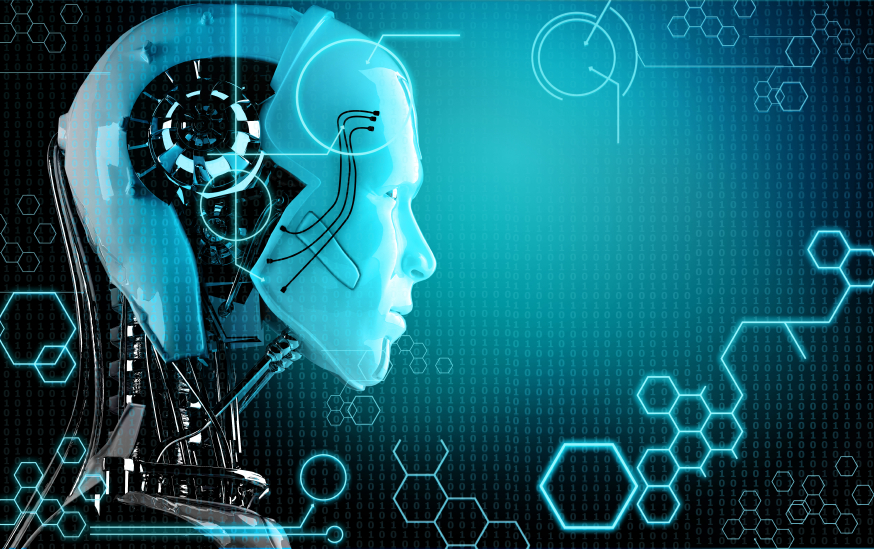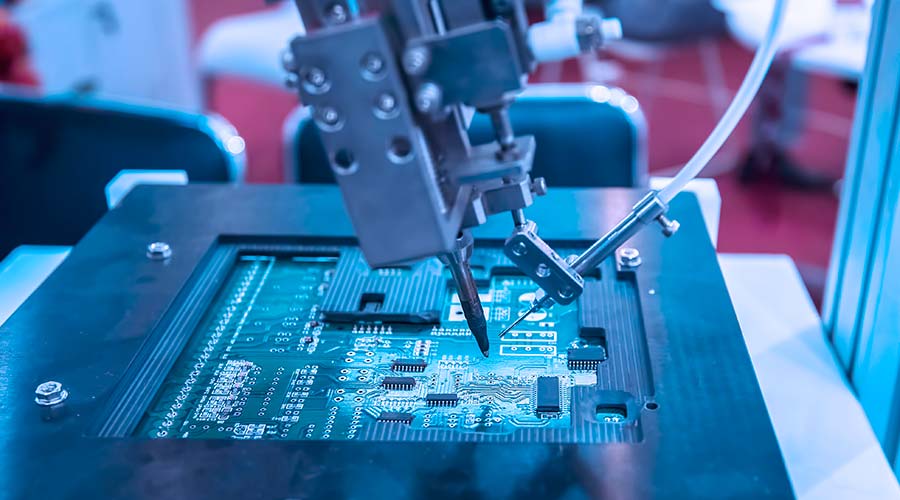Cybersecurity in the Digital Age – Protecting Your World
In the digital age, cybersecurity has become an essential aspect of our lives. As we increasingly rely on technology for communication, commerce, and even personal tasks, the protection of our digital world has never been more critical. With the ever-evolving landscape of cyber threats, it is imperative that individuals, businesses, and organizations take proactive steps to safeguard their digital assets and sensitive information. One of the fundamental principles of cybersecurity is the recognition that no one is immune to potential threats. Whether you are an individual with a smartphone, a small business owner, or a multinational corporation, you are a potential target for cybercriminals. These threats can range from relatively simple phishing attempts, where attackers trick individuals into revealing sensitive information, to sophisticated malware and ransomware attacks that can cripple entire organizations. Therefore, it is crucial to adopt a proactive and holistic approach to cybersecurity.

The first step in protecting your digital world is awareness. Understanding the common tactics employed by cybercriminals is essential. This includes recognizing the signs of phishing emails, being cautious about downloading files or clicking on links from untrusted sources, and regularly updating and patching your software and operating systems. Cybersecurity education and training for individuals and employees are invaluable tools in this regard, as they can help people recognize and respond to potential threats effectively. For businesses and organizations, cybersecurity should be a top priority. Data breaches can result in not only financial losses but also damage to a company’s reputation and customer trust. Implementing robust cybersecurity measures involves investing in firewalls, intrusion detection systems, encryption, and regular security audits. Additionally, developing an incident response plan is crucial to minimize the impact of a successful attack and ensure a swift and coordinated response.
In recent years, the rise of remote work has presented new challenges for cybersecurity. The boundary between personal and professional devices has blurred, making it easier for cybercriminals to exploit vulnerabilities. As such, organizations need to enforce strict security policies and provide remote workers with the tools and training necessary to protect company data from potential breaches. Furthermore, the advent of the Internet of Things IoT has introduced a host of new security concerns. Smart devices, from thermostats to refrigerators, are vulnerable to hacking if not adequately secured. As these devices become more integrated into our lives, it is crucial to change default passwords, keep firmware updated, and segment IoT devices from critical networks. In conclusion, the digital age has brought about incredible advancements in technology, but it has also ushered in a new era of cyber threats. To protect our digital world, individuals, businesses, and organizations must remain vigilant and proactive.
